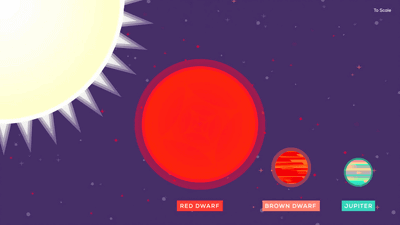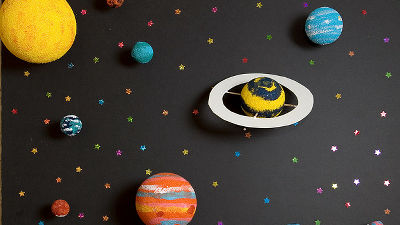What does extraterrestrial life look like?
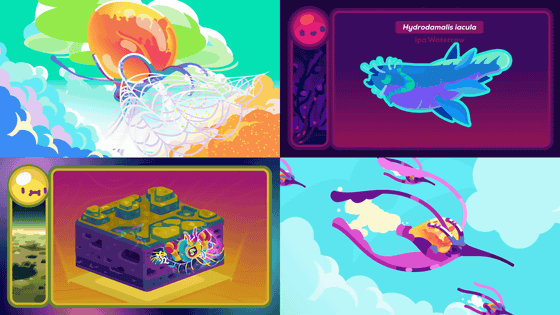
What Actual Aliens Might Look Like - YouTube
What would real extraterrestrial life look like?
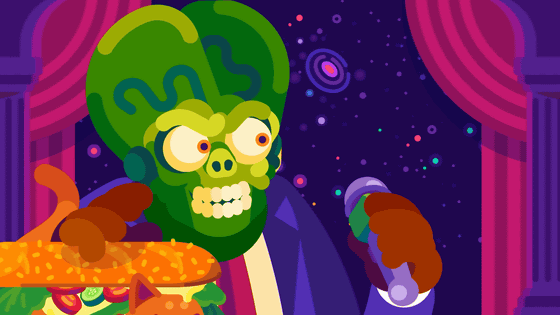
Life on Earth is incredibly diverse and lives in some strange and extreme places, with creatures that look everything from sea slugs that look like blue dragons to snails with shells as hard as steel.
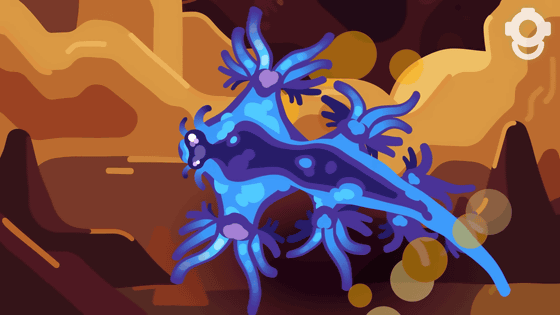
Use your imagination and science to come up with ideas of what aliens might look like.

For example, let's say there is a red dwarf star called Oculus that is about one-fifth the size of the Sun. It is a much fainter star than the Sun and a little larger than Earth.
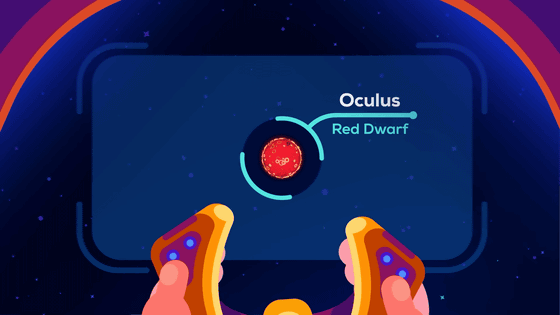
Let's say there is a planet called 'Ipa' that orbits the red dwarf at a speed nearly 20 times faster than Earth. Because it is tidally locked, one side of the planet is always in shadow (night), while the other side is always illuminated by the light from the red dwarf.
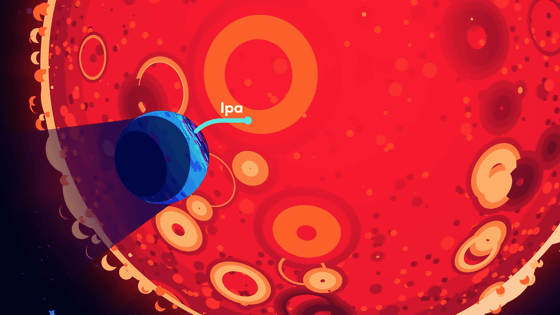
The areas that are exposed to light will be warm and comfortable, while the areas that are in shadow will be covered in black, frigid oceans. At the boundary between the areas that are exposed to light and the areas that are in shadow, hot and cold air will collide, causing storms. There will be areas of relative calm and stability, where the ecosystem will maintain a near perfect balance.
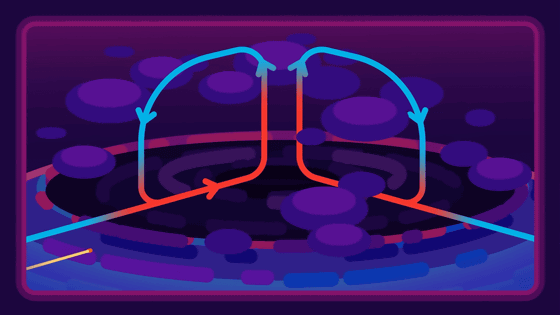
If you dive into the ocean, which could be said to exist for such life, you will find a jungle of seaweed and discover countless living organisms.
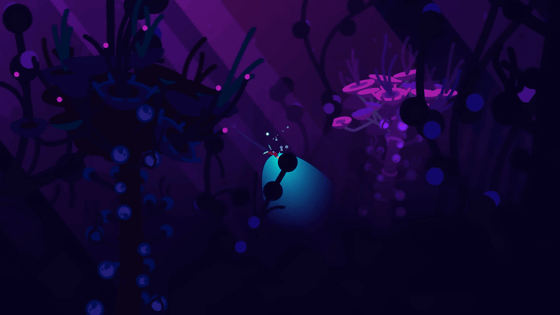
On Earth, the sun receives white sunlight, so it absorbs the red wavelengths that are most useful for photosynthesis and reflects the rest, making plants green.
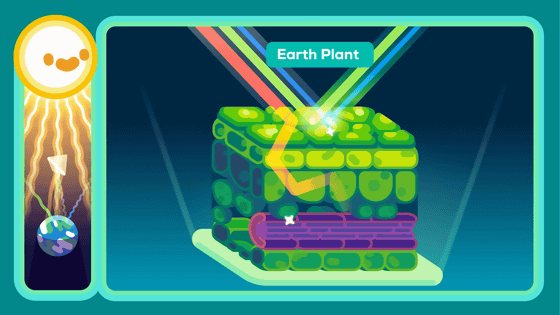
But for planets around red dwarf stars, which are not as bright as the Sun and whose light would be attenuated by storms, we would expect plants to be black because they would use the weak infrared light left over.
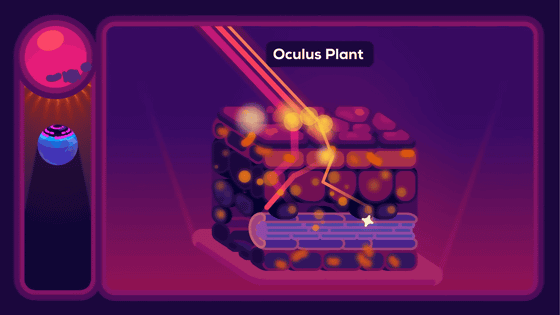
As plants grow and die in this underwater jungle, the ocean floor becomes rich in nutrients to support life. Eventually, Kurzgesagt speculates, a large, streamlined, teardrop-shaped creature may emerge. This looks like a fish, and 'like many marine creatures on Earth, this shape is optimized to minimize resistance when moving through the water.'
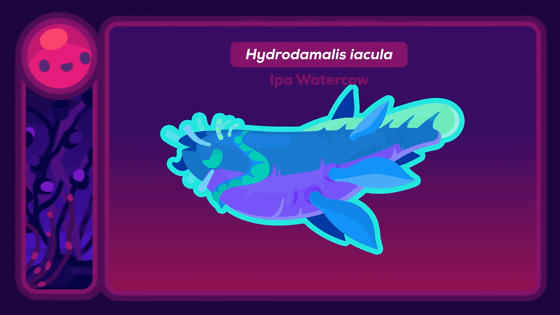
If there are creatures that prey on these alien fish, they would likely be mimicking the surrounding plants to deceive their prey.
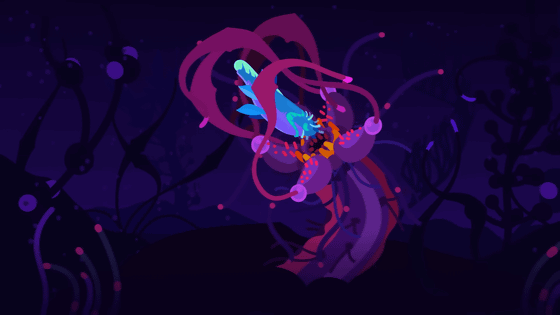
The fish and predators living in the alien ocean would not have developed eyes because they live in a dark ocean where the light from the red dwarf star does not reach, but instead would have developed hearing and touch. Therefore, Kurzgesagt predicts that the alien ocean would be noisy with the sounds of living creatures, just like the noisy jungles of Earth.

The next star that could potentially support life is a planet orbiting a bright blue
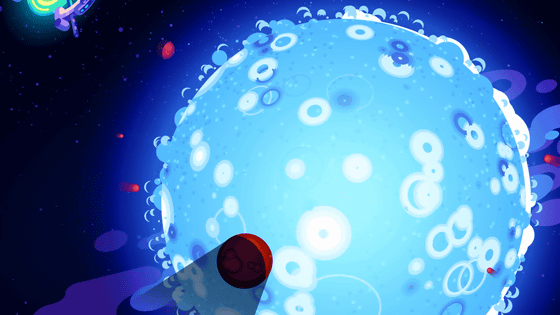
The planet is a gas giant similar in size and composition to Neptune, but it has more water than Neptune.
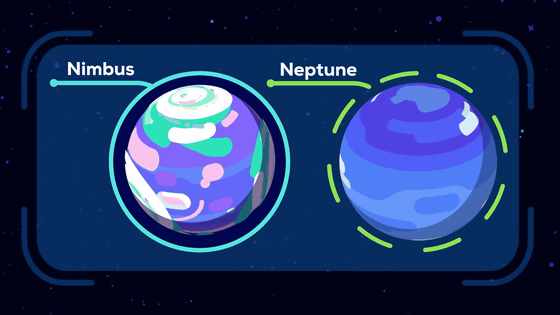
The planet receives 900 times more light than Neptune, causing its atmosphere to form huge white clouds that are warm enough to float even though they are so large.
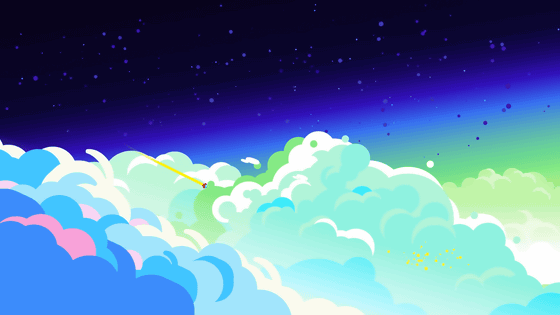
These clouds may harbor plankton-like organisms that, like microbes on Earth, soak up methane and feed on sulfur and nitrogen compounds from the air.
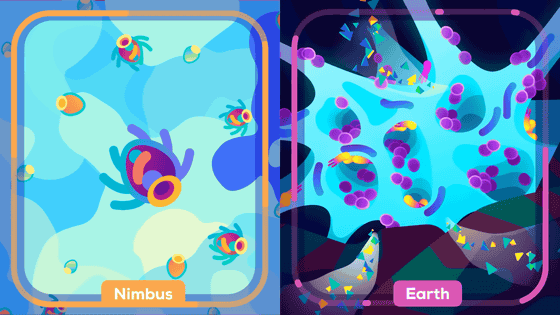
As the star gets hotter and brighter, the clouds will rise to higher altitudes and evolve into environments more suitable for life. The most common creature in these clouds is a spider-like sulfur-eating creature. It walks on four legs and 'will have a yellowish-white body because it ingests sulfur,' Kurzgesagt speculates. This spider-like creature may gain buoyancy from electric threads that are thinner than spider silk. It is said that crab spiders also move around on Earth in a similar way.

Spiders that live on gas giant planets reproduce by incubating eggs in hot, high altitudes.
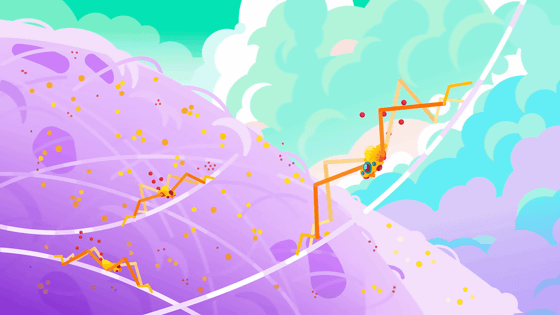
There are various creatures attached to these spider eggs, which are predators that try to eat them.
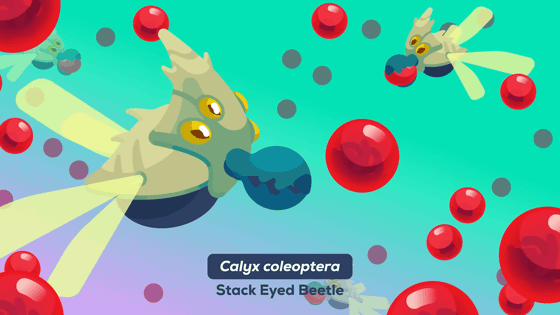
It is possible that giant creatures, like giant whales, could be born. However, Kurzgesagt predicts that even such giant creatures will be balloon-like creatures formed by thin membranes. This sky whale may gain buoyancy by heating the gas trapped inside its body, allowing it to fly softly in the sky. Kurzgesagt speculates that sky whales may continue to grow larger and larger in order to gain greater buoyancy.
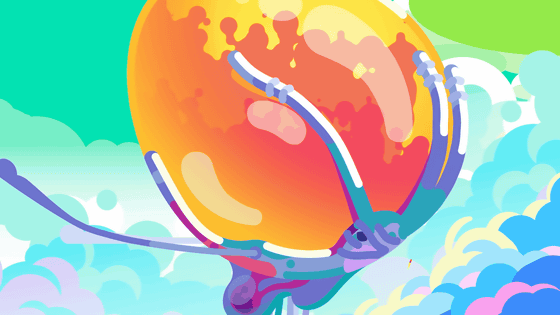
It is possible that sky whales live by eating the large amounts of spiders and other creatures that live in the clouds in the sky, just as whales on Earth consume the large amounts of plankton in the ocean.
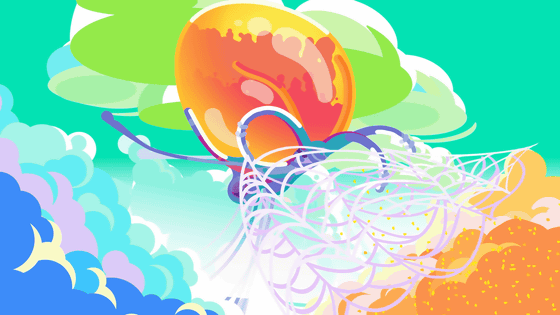
Another possibility is the creation of squid-like creatures that superheat and expel gases for rocket-like propulsion.
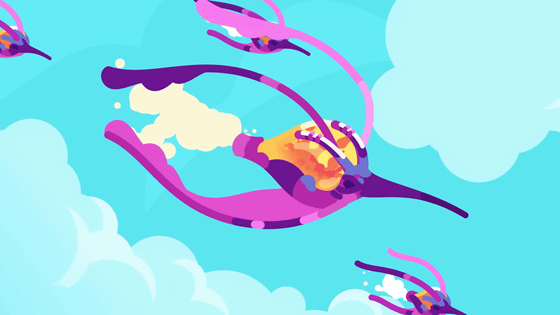
The creature has a long, pointed beak like a hummingbird and may live off the fuel that sky whales use to float.
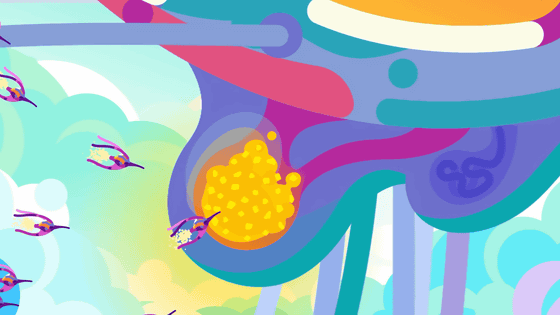
However, because the lifespan of these types of gas giants is short, the chances of encountering such a unique ecosystem are extremely slim.
The third is

The brown dwarf is close to a yellow star and a moon that should receive as much light as Earth, but because it orbits the star every three hours, the days are very short.
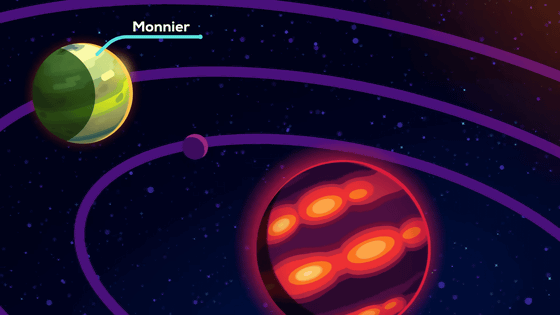
Brown dwarf moons have only 5% of Earth's gravity, so they can only support a thin carbon dioxide atmosphere that doesn't retain much heat, resulting in average temperatures below freezing.
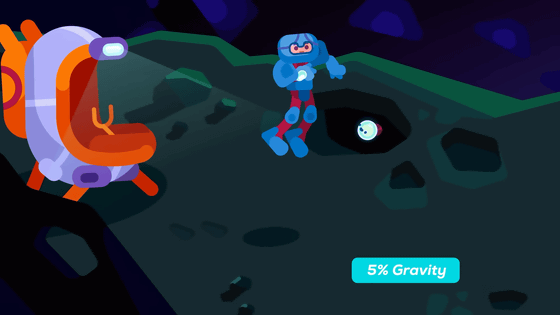
At night, dry ice snow falls and the green, blue and red auroras light up the sky.
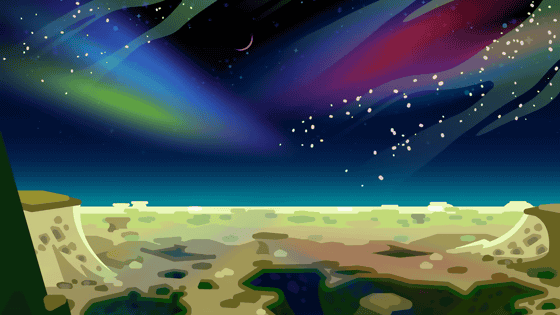
These moons are rich in iron and lead, because they were born from metal-saturated nebulae. The cold environments are full of toxic minerals, but life can still develop in these conditions. If life could develop in these environments, Kurzgesagt speculates, it could be that it feeds on ammonia and incorporates the magnetic field of the brown dwarf into its biology.
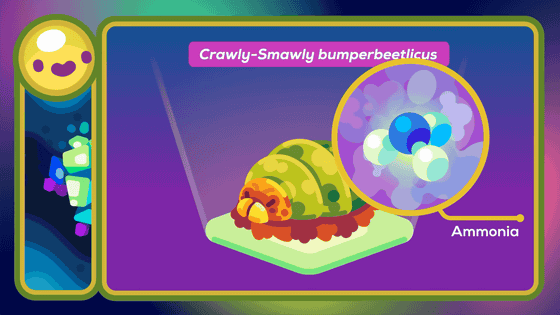
In fact, on Earth, animals like honeybees can sense magnetic fields.
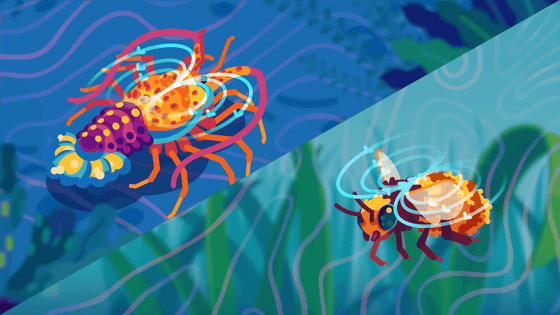
Also, when the sun rises on this satellite, the snow stops and the temperature rises rapidly. The ground then creaks and colorful liquids flow from the surrounding area. This is volcanic activity, similar to that occurring on Europa, a moon of Jupiter. It is possible for plants to grow even in such a harsh environment. In fact, flowers sprout in the Earth's Arctic during the short summer.
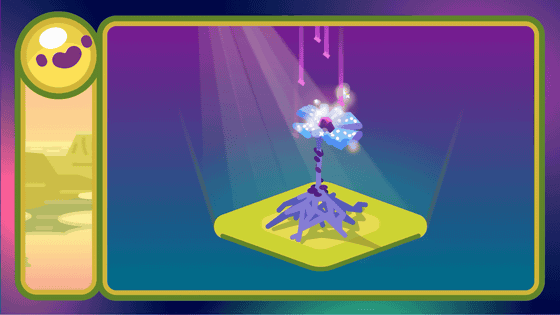
Plants growing in environments like those on brown dwarf moons could potentially take advantage of the magnetic fields and low gravity to grow up to one kilometre into the sky, in order to soak up as much sunlight as possible.
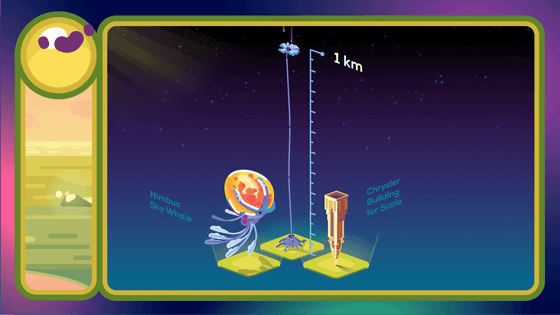
Another possibility is an ice-skating snail-like creature, with two long, electrically conducting antennae extending from its head that act like magnetic kites, enabling it to move at incredible speeds.
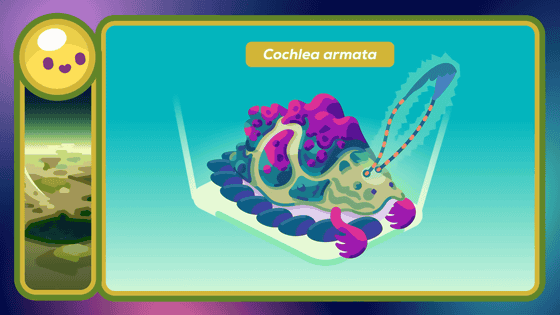
If snail-like creatures exist on brown dwarfs, it's easy to imagine the existence of creatures that prey on them. If such a predator exists, it would be 'a cross between a sea lion and a beetle,' Kurzgesagt speculates. This predator could have electrosensitive whiskers to hide in the ground, detect prey, and attack as it passes by quickly.
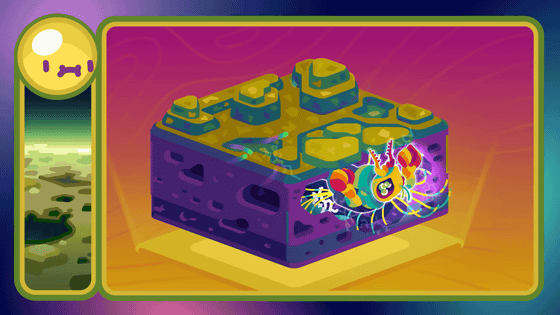
At the time of writing, humanity has yet to discover extraterrestrial life, but it's possible that our descendants will actually explore space and encounter the kinds of extraterrestrial life predicted here in 'exotic oceans,' 'continent-sized clouds,' or 'mineral-filled planets.'
Related Posts:




